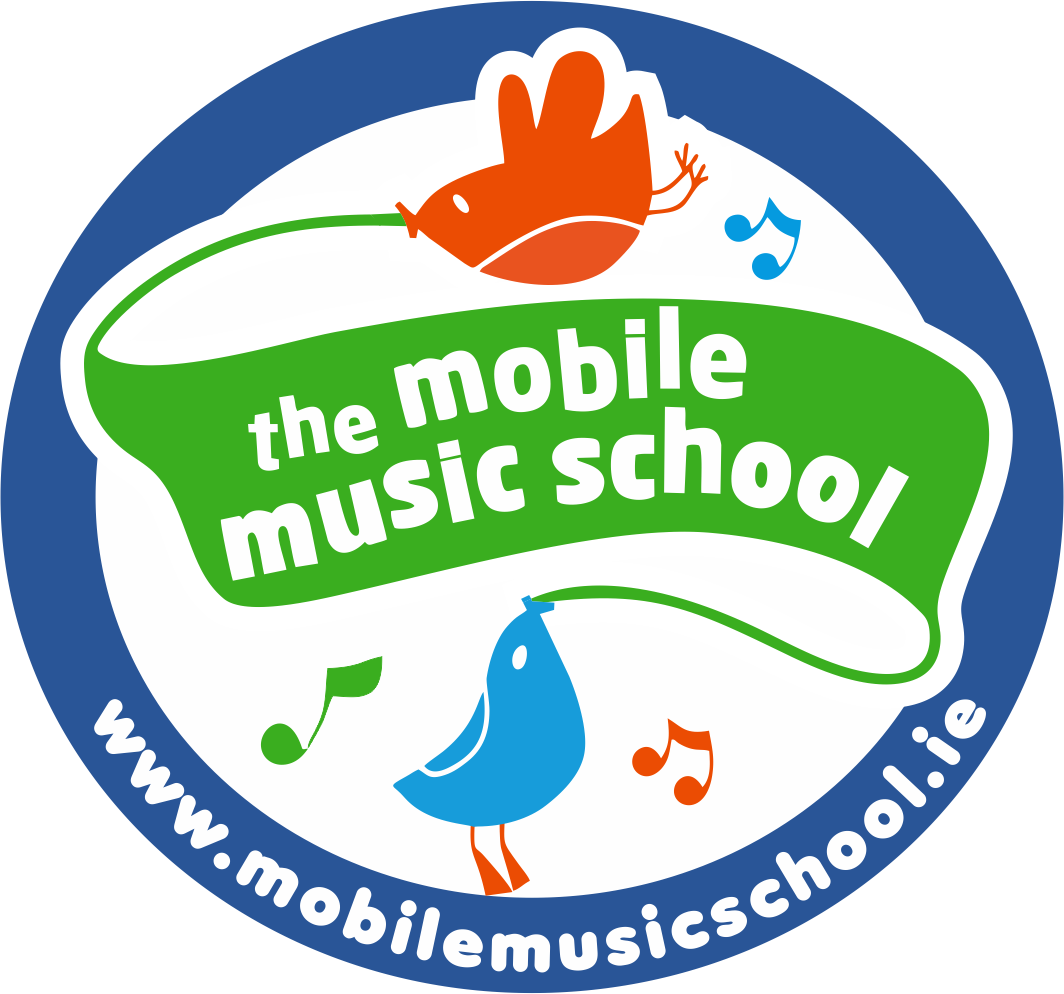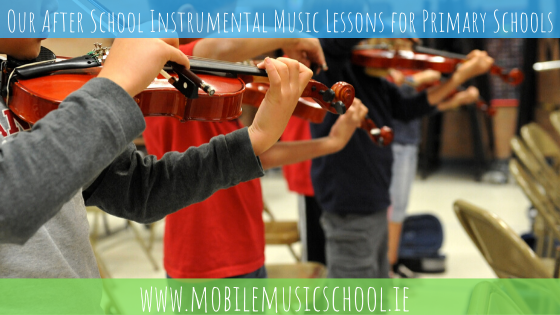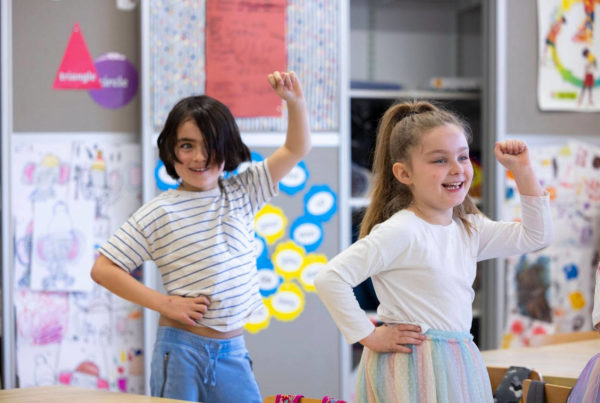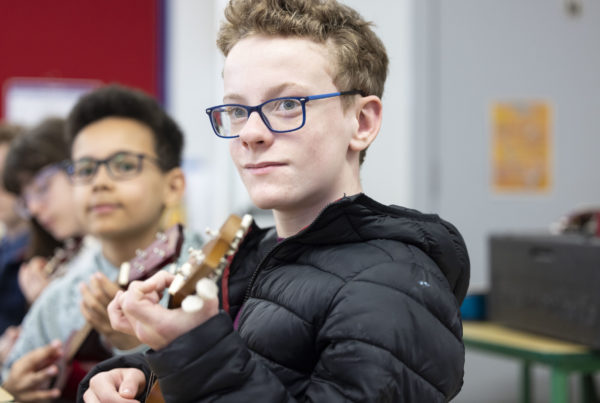Here at the Mobile Music School, we understand that some primary school teachers may not be comfortable teaching music or following the Irish Primary School Music Curriculum. For this reason, we have compiled a set of complimentary lesson plans and music resources to help out! This set of easy to follow lesson plans has been designed for primary school teachers, helping them to teach music in the classroom. In addition, these plans are all based on the Irish Primary School Music Curriculum. Each resource has a theme, or story. Further to this, the teacher guides the class through the story, asking students questions along the way. These skills are intended to be developed over the eight weeks, so don’t be disheartened if the children don’t fully grasp the concepts straight away!
Aims and Objectives
1 – Enhance each child’s understanding of the rhythms that are created
2 – Develop each child’s ability to interact with music by clapping and stamping each other’s rhythm
3 – Increased aural awareness through the recognition of different rhythms
4 – Increased musical awareness by requesting the children to perform the rhythm they composed forte, piano, allegro and adagio
Resources
A picture of Beethoven for activity 2
Activity 1
Learning the basic patterns
Teacher: Play the two different patterns below. They are played the way they would be said aloud, for example, taking a syllable for a sound. In other words, play your instrument for each syllable.
Pattern 1 – TA TA TA TA (one full beat each)
Pattern 2 – ti-ti ti-ti ti-ti ti-ti (two half beats each)
Q: How many beats or sets did we have in those two patterns?
A: Four
Activity 2
Learning about the Composer
The composer is the person who creates music. These composers can also usually play instruments too. One example of a famous composer is Beethoven. Firstly, he was born in Germany in the year 1770. Secondly, he died in 1827. He was a very famous composer, because he was so good. Beethoven could also play the piano, and often performed to the public. Beethoven began to go deaf in the year 1800 and as a result of this, stopped playing music during the last 10-years of his life.
Q: Where was Beethoven from?
Q: What instrument did Beethoven play?
Q: Did he perform publicly?
Q: What happened to Beethoven during in 1800?
Q: Did he ever stop performing?
Activity 3
Compose rhythms using TA and Ti-Ti
Teacher: ‘We learnt that the patterns have four beats. As a result, we are going to use TA and Ti-Ti and compose rhythms that have four beats.
Firstly, your job is to mix the sounds together very quietly. Then, put your hand up when you have composed a rhythm.’
Teacher: After that, select children to perform the rhythm they composed by clapping or using a percussion instrument. After that, encourage the other children to copy back the rhythm as a call and response rhythm if possible. When this is finished, encourage the children to play the rhythms FORTE, PIANO and or ADAGIO or ALLEGRO – integrating other elements of the plans you received.
Keywords – COMPOSER, COMPOSING, RHYTHM, BEAT
STRANDS – Composing, Listening & Responding and Performing
Interested in booking a workshop or short programme? If so, contact us here.




